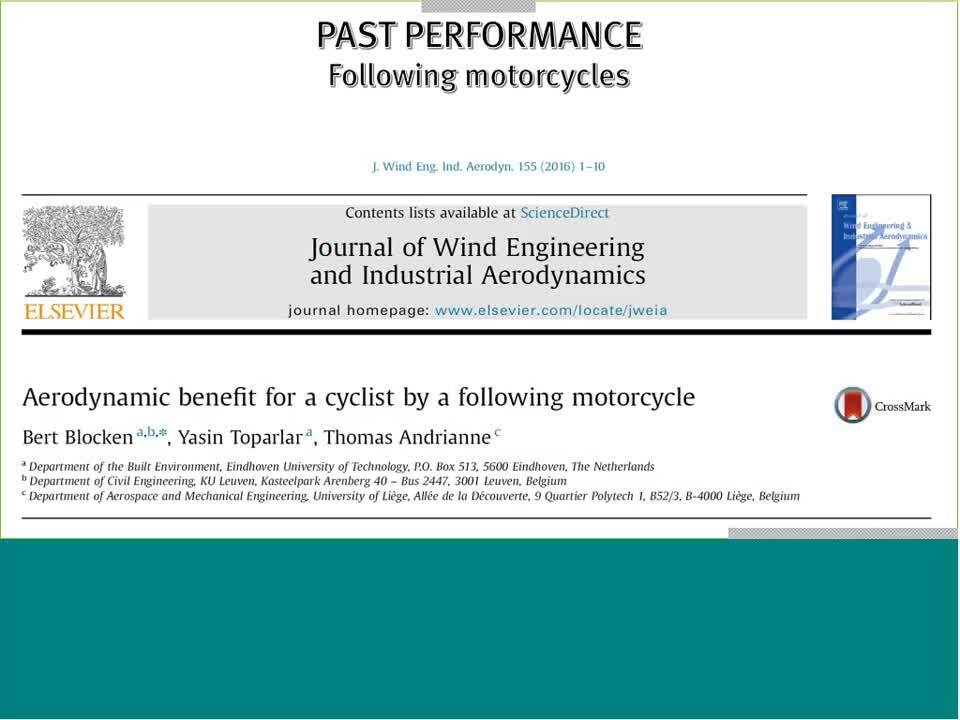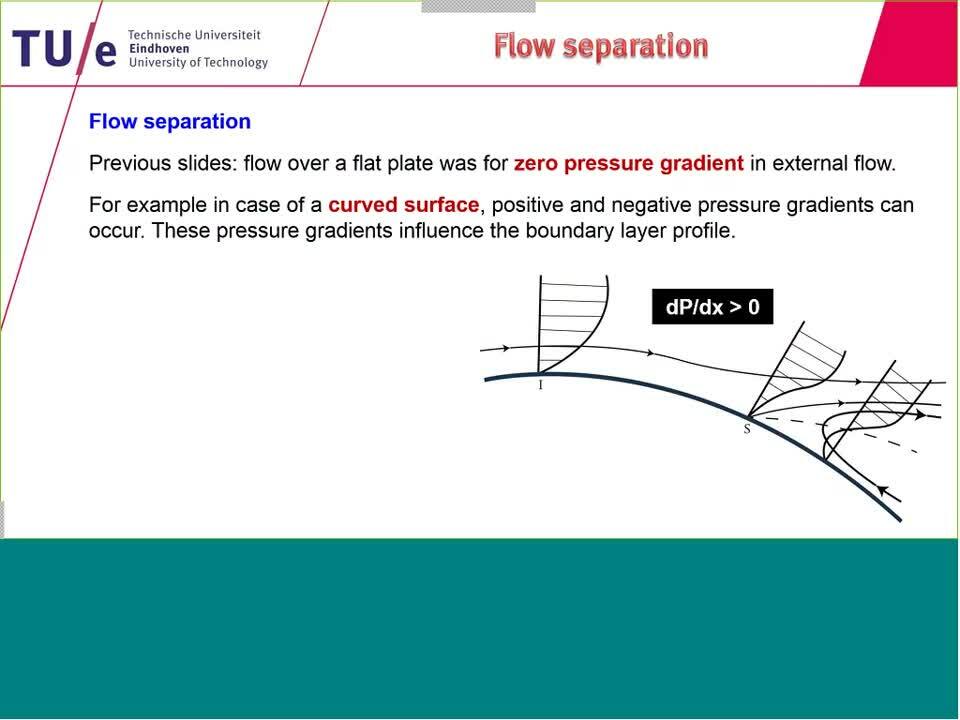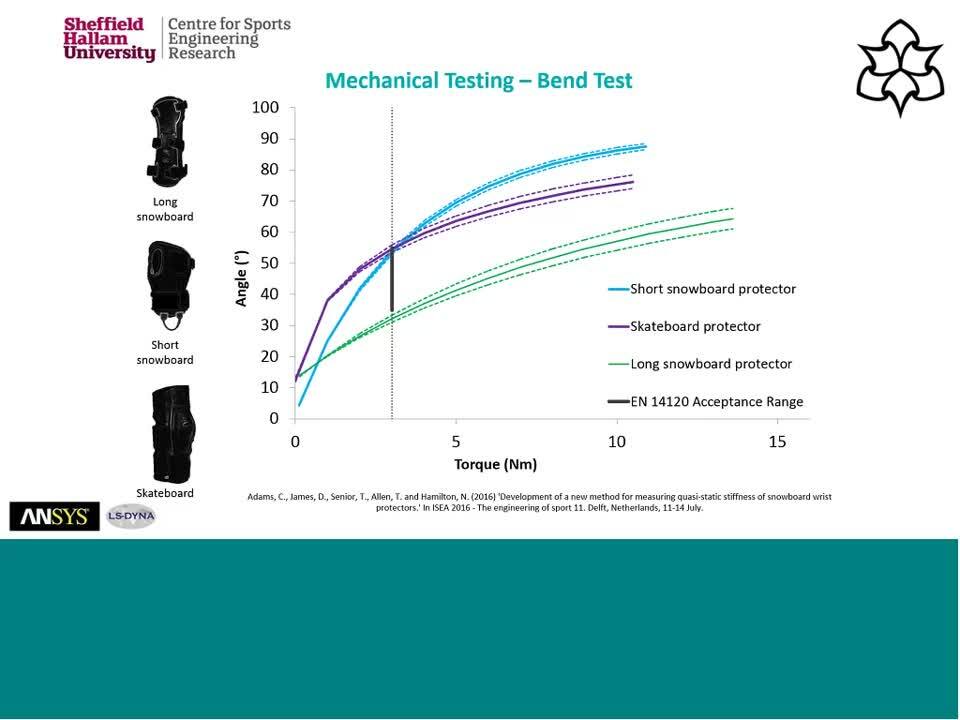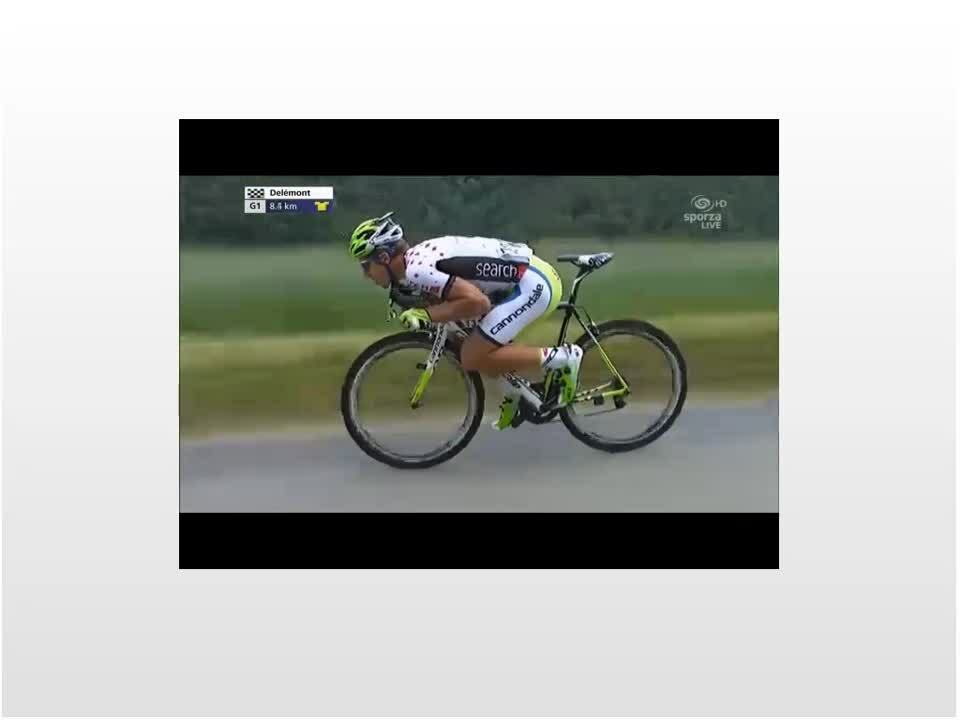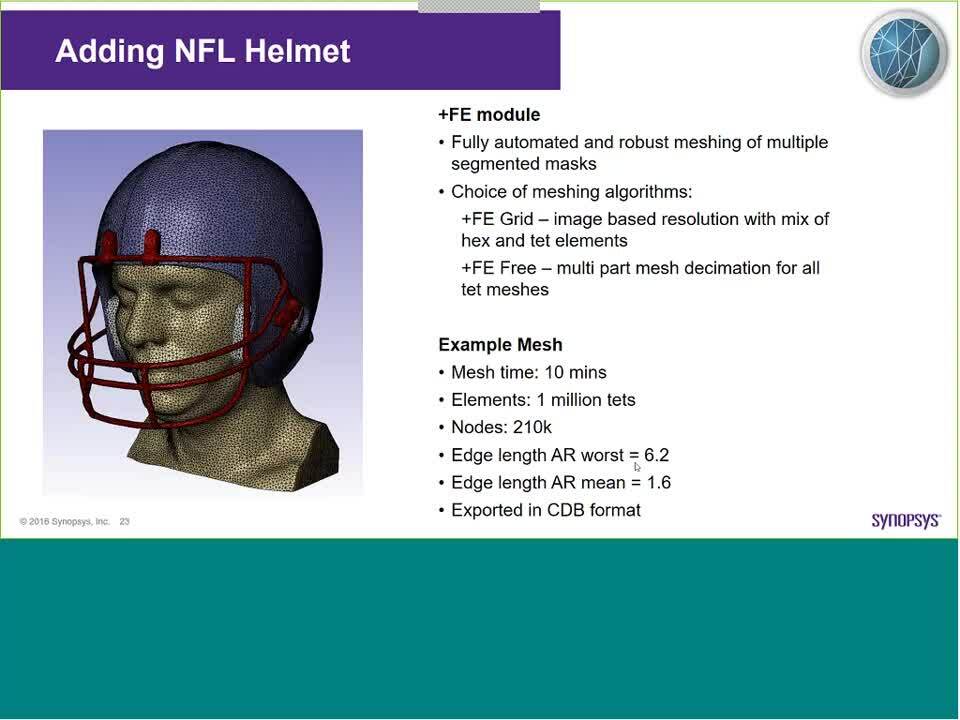Sports Industry Webcast Series: The Contribution of Simulation to 21st-Century Sport Engineering

Sports professionals, coaches and amateur participants always explore ways to boost performance, ensure comfort and minimize the risk of injury. At the same time, sporting equipment manufacturers must investigate technologies to innovate faster and maximize the reliability of products that sometimes face extremely challenging conditions.
Engineering has long been one of the tools used, but, for the past few years, the sport engineering community has been paying closer attention to engineering simulation. Through computer-based modeling, it is possible to determine and understand how influential parameters impact athletic performance, or minimize or amplify injuries.
